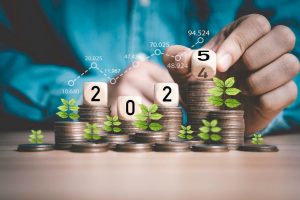Persistent inflation is likely to keep U.S. interest rates high through 2023 and leave the U.S. susceptible to recession, financial-industry economists say.
“The inflation picture is very complicated,” said Lindsey Piegza, chief economist of the brokerage Stifel. She is also chairwoman of the economic roundtable at the Securities Industry and Financial Markets Association.
The increases in prices have proven to be “quite sticky,” she said, and could leave inflation near 4% by the end of the year. That’s double the Federal Reserve’s 2% goal.
In its twice-a-year forecast, SIFMA predicted the U.S. economy would slow sharply by the end of the year due to higher interest rates. The Fed is expected to either raise rates again later in the year or keep them above the current 5% to 5.25% for some time.
The central bank is not expected to raise rates at its meeting next week, however. Financial-industry economists believe the Fed will skip a rate hike and reassess the economy at its July meeting.
Some 69% of the more than two dozen SIFMA economists surveyed see an upcoming recession, but that was down from 83.3% at the beginning of the year.
For inflation to decline further, economists believe the U.S. unemployment rate needs to rise to as high as 4.5% from the current 3.7% rate. That would ease the upward pressure on wages and make it easier for the Fed to get prices under control.
The cost of labor has become one of the biggest worries among economists in the fight against inflation. Wages have risen sharply and added to the price pressures.
The supply shortages that were a big source of inflation in 2021 and much of 2022 have largely evaporated, economists note.
Seaborne freight charges have fallen back to prepandemic levels, for example, and ships are no longer stuck outside ports.
The number of ships in the cue in Los Angeles-area ports has fallen to single digits from a peak of 107, Piegza noted.
Read the full article here











